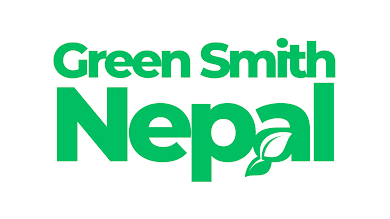Microplastics, defined as plastic particles smaller than 5 mm, have emerged as a significant environmental pollutant found extensively in aquatic ecosystems across the globe, including rivers. This widespread contamination is raising concerns for both environmental health and potentially human health due to the growing evidence of negative biological effects.
Rivers serve as crucial pathways transporting microplastics from land-based sources to larger water bodies, including oceans. Urban areas are identified as major contributors, concentrating pollution from various sources. Key pathways include urban wastewater treatment plants (WWTPs), urban runoff, and combined sewer overflows (CSOs). While WWTPs can retain a large proportion of microplastics in sewage sludge, this sludge, if used in agriculture or as compost, can become a significant route for microplastics to re-enter the environment. Urban and road runoff transport a variety of anthropogenic particles, with tire wear particles (TWP) being a particularly notable component that can dominate the total plastic load entering surface waters in some regions. Additionally, atmospheric transport and deposition contribute to microplastic presence in river systems.
The presence of microplastics in freshwater systems is a growing concern due to their demonstrated adverse effects on freshwater biota. These particles, and the chemicals they may carry or leach, can pose significant risks to ecosystems. Microplastics can also bioaccumulate and be amplified across the food chain, presenting potential risks to human health. Despite increasing research, understanding microplastic pollution remains challenging due to analytical difficulties and uncertainties in current findings.
Focus on Nepal
In Nepal, research on microplastic contamination is a relatively recent endeavor, beginning around 2020, and studies are still limited. However, initial findings indicate the presence of microplastics in rivers, lakes, snow, and sediments across the country. The Sapta Gandaki River system, which includes the Narayani River, has shown significant contamination levels. The Narayani River is ecologically important as it supports wildlife habitat in Chitwan National Park and is also a sacred Hindu site where waste dumping contributes to plastic pollution.
Studies in the Kathmandu valley have identified fiber, fragments, foam, and pellets as the major forms of microplastics in the effluent of the Guheshwori WWTP. Research on Phewa Lake, the second largest lake in Nepal, also detected microplastics in surface water, with fibers being the predominant type found in both winter (dry) and rainy (wet) seasons. Challenges exist in Nepal regarding detailed polymer identification due to the limited availability of advanced spectroscopic tools like micro-Fourier transform infrared spectroscopy (µ-FTIR) and Raman spectroscopy.
Addressing the Challenge
Effectively combating microplastic pollution requires a comprehensive approach involving pollution management and control strategies. Managing urban runoff, road runoff, and CSOs is crucial. While WWTPs are efficient in capturing microplastics, the fate of these particles in sewage sludge needs careful consideration to prevent them from re-entering the environment.
Implementing sustainable waste management practices, such as reducing waste generation, improving segregation at the source, and expanding recycling infrastructure, are essential steps, particularly in urban centers like Kathmandu which faces a significant plastic waste crisis impacting the Bagmati River. High-priority actions include enforcing waste segregation laws, establishing local recycling centers, and launching intensive public education campaigns on waste reduction and proper disposal.
Raising public awareness about the impacts of microplastics and relevant regulatory measures is also vital, as current awareness of regulations may be lower than awareness of the issue itself. Community-based programs can empower residents to adopt sustainable waste habits, leading to increased recycling rates and reduced waste sent to landfills. Furthermore, managing river banks and riparian vegetation in coordination with litter removal can help trap plastics before they enter the water, highlighting the need for integrated environmental management strategies. Technological solutions, such as bioretention cells, have demonstrated effectiveness in filtering microplastics from urban stormwater runoff.
As the scientific understanding of microplastic pollution in rivers continues to grow, collaborative efforts among researchers, policymakers, industry, and the public are increasingly emphasized to develop and implement effective solutions for a cleaner and healthier future.



0 Comments